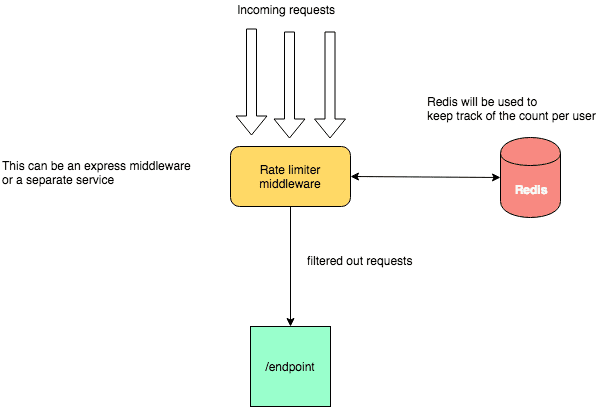在服务器流量波动的情况下,我们需要根据下游服务器容量、业务要求等等对系统进行策略性的保护。保护策略有很多种,包括:
- 限流(Rate limit):限制系统输入输出以达到维持服务稳定的目的;
- 熔断(Circuit break):在系统受到过多failing response的时候,拒绝系统输出;
- 减载(Load shedding):在系统输入请求响应时间过长的时候,拒绝系统输入。
熔断的作用是阻止服务发送过多可能失败的请求 (The Circuit Breaker pattern prevents an application from performing an operation that is likely to fail)。本文从开源代码 sony/gobreaker [1]出发,介绍熔断器的工作原理和机制。
设计要求 (Requirements)
分布式系统中,一般的故障场景例如网络波动(slow network connection),请求超时(timeout)或者过载(overload)等等都可能是暂时性的问题,能够通过系统自修复或者云系统的延展性(horizontal/vertical scaling)等等方式解决。熔断器(Circuit Breaker)是为了解决一些不可预测、难以自修复的故障,比如系统下游服务不可用,数据库宕机等等。另外,熔断器也能有效地阻止连锁反应(cascading failure)的发生。比如当网关(gateway)某一个下游服务不可用,系统不断发送请求并不断重试,可能会导致网关服务占用过多资源内存导致整体崩溃;下游服务如果只是部分不可用,过多的失败请求也会导致下游服务崩溃。
设计一个熔断器要求能够在故障时迅速反应,并且在故障恢复后能够自动恢复。
状态机 (State machine)
熔断器其实是一个小型的状态机,随着请求返回状态码动态进行状态的调整。状态可以分为三类:闭合(Closed),开启(Open),半开(Half-open)。相互关系如下图[2]所示。

每次请求到来的时候熔断器会有两个内置函数before_request以及after_request。before_request在请求前进行调用,根据状态决定是否截断请求,并记录请求数量。after_request作用在请求结束之后,负责根据请求返回状态码进行状态和计数器的更新。
1 | // Execute runs the given request if the CircuitBreaker accepts it. |
闭合(Closed)
熔断器闭合时系统能够正常发送请求,闭合状态下熔断器会维护一个最近失败的请求数量。
1 | // Counts holds the numbers of requests and their successes/failures. |
每次请求到来时将会更新成功或者失败状态的数量。一旦请求失败数量超过某一个阈值,熔断器将会进入开启(Open)状态。
1 | func (cb *CircuitBreaker) onFailure(state State, now time.Time) { |
开启(Open)
熔断器开启后所有请求立刻失败并抛出异常。系统在设定开启状态时会给熔断器设置一个expire time,一旦熔断器处于开启状态时间超过expire time,将会自动转入半开状态。这样做的好处是可以让断路器自行检查下游服务可用性。
半开(Half open)
一旦断路器开启状态超时便会进入半开状态。在半开状态下系统会限量发送请求,一旦请求连续成功达到某一个阈值,熔断器将会恢复闭合状态并发送所有请求。一旦有请求失败熔断器将回滚至开启状态并重置计时器。
1 | func (cb *CircuitBreaker) onSuccess(state State, now time.Time) { |
Reference
- [1] https://github.com/sony/gobreaker “Circuit Breaker implemented in Go”
- [2] https://docs.microsoft.com/en-us/previous-versions/msp-n-p/dn589784(v=pandp.10)?redirectedfrom=MSDN “Circuit Breaker Pattern”



